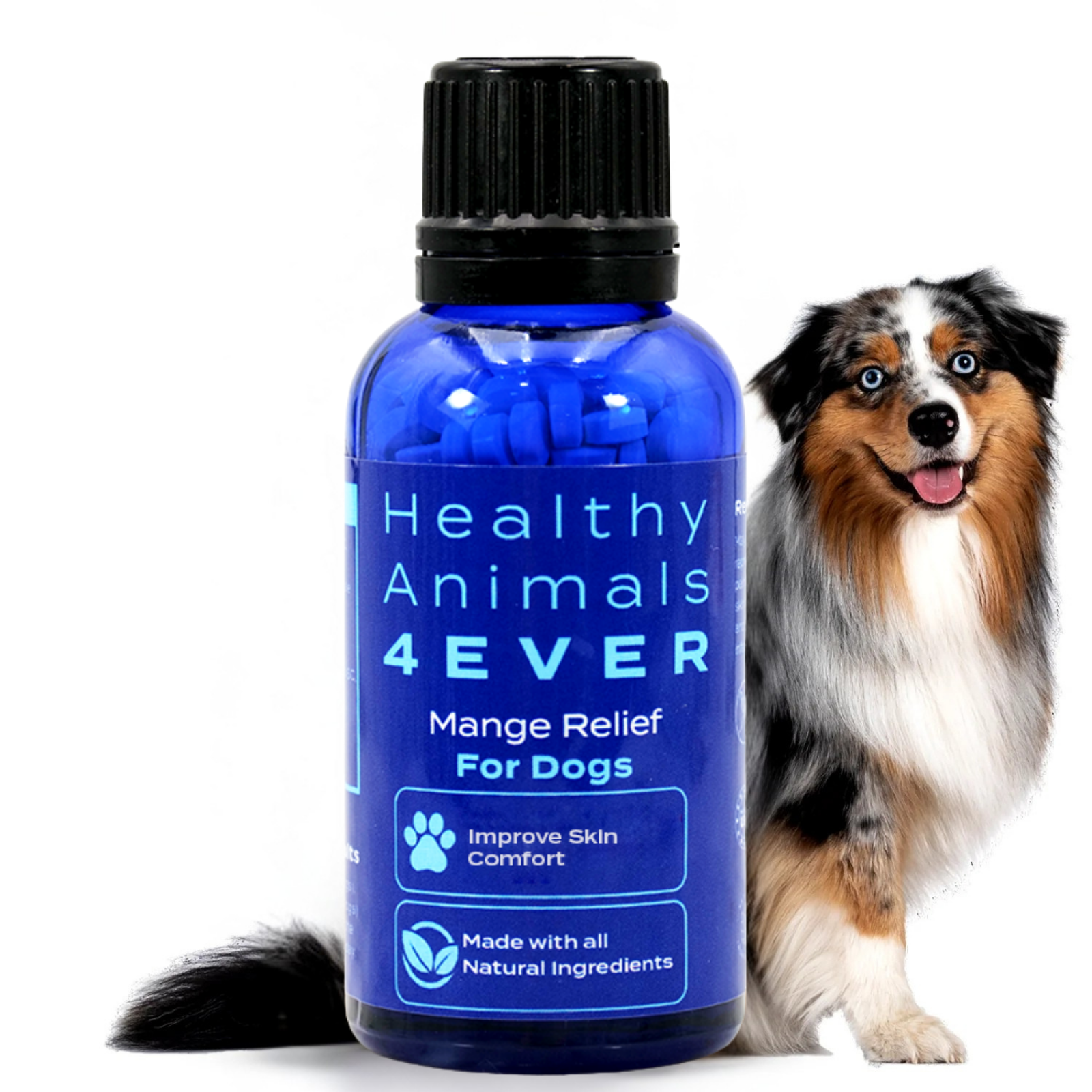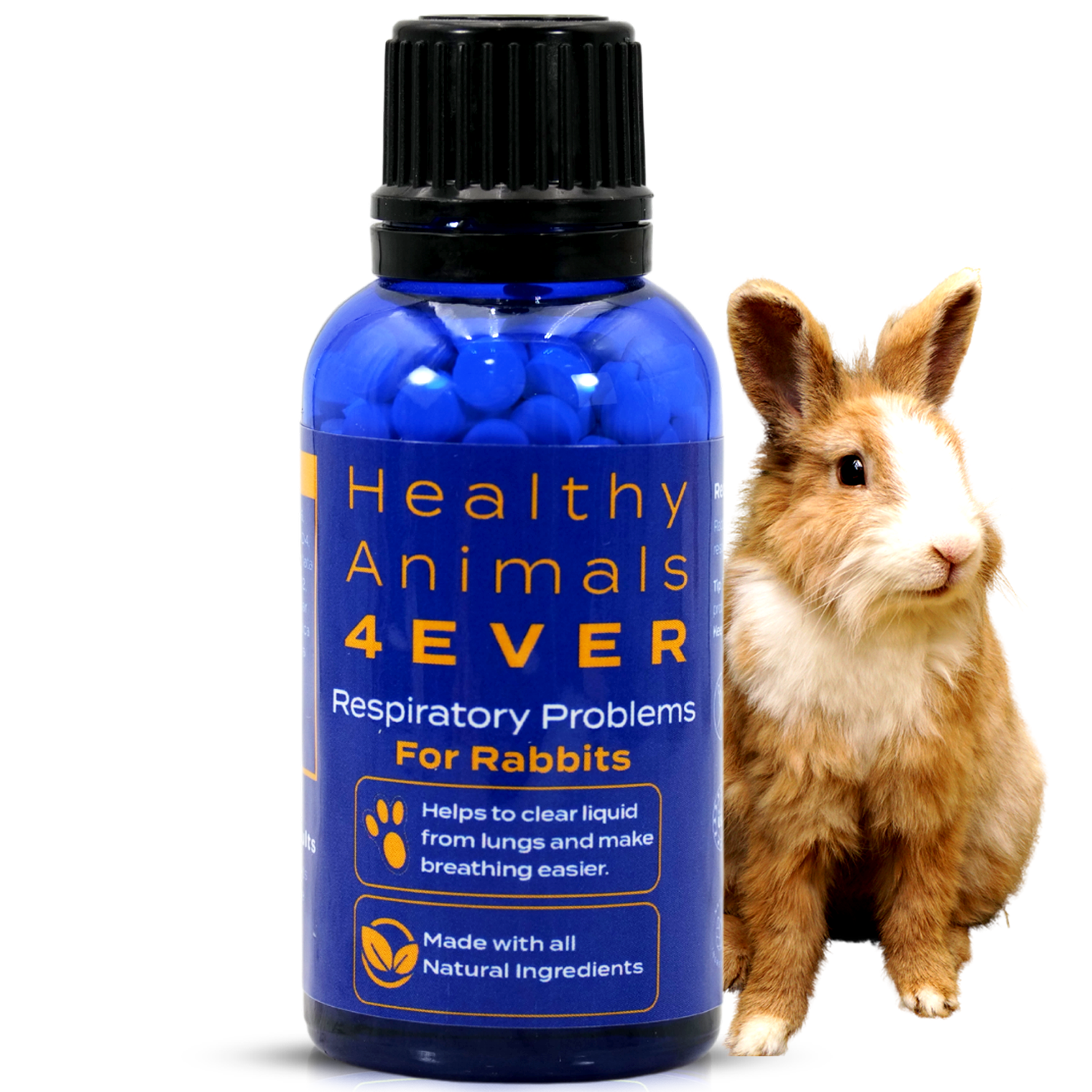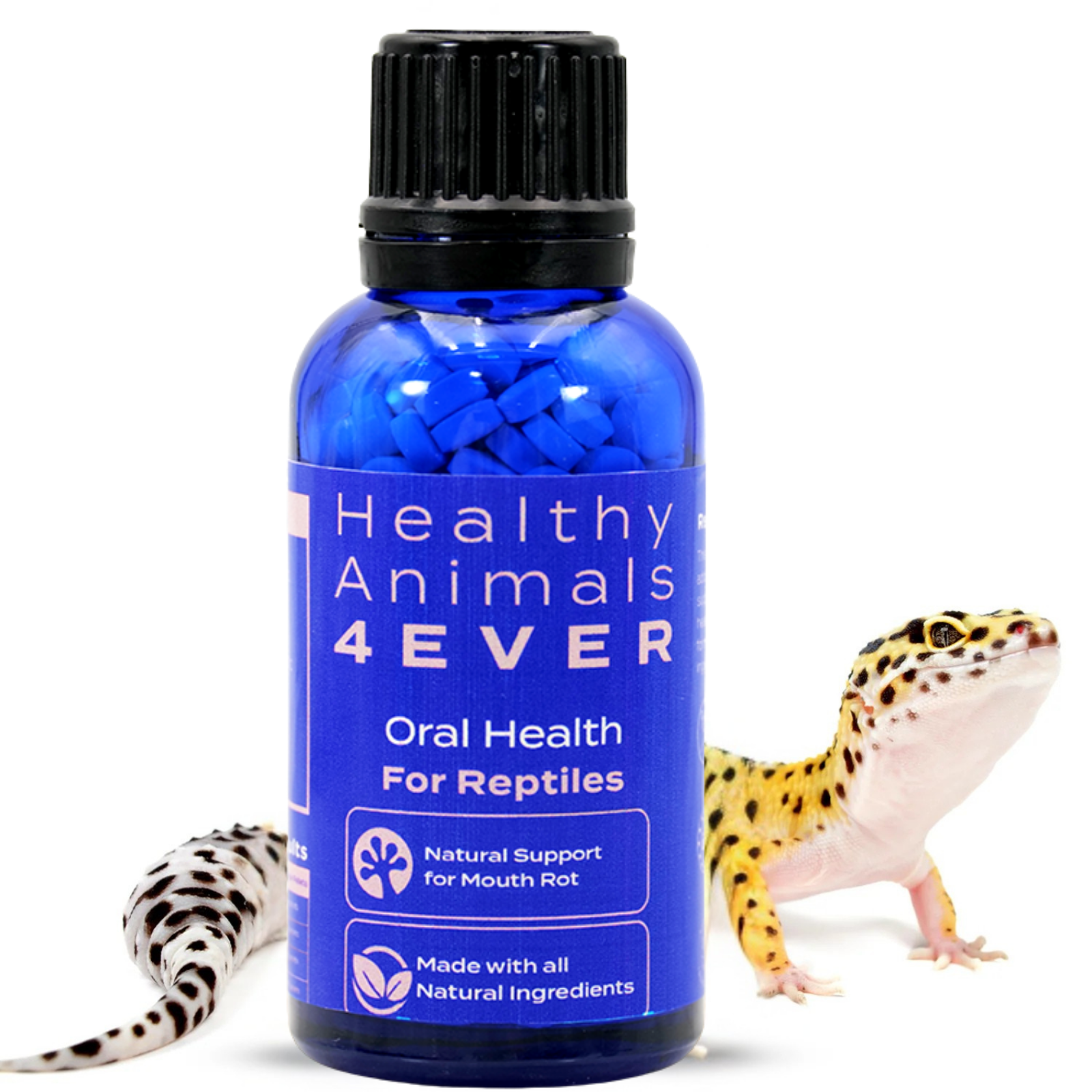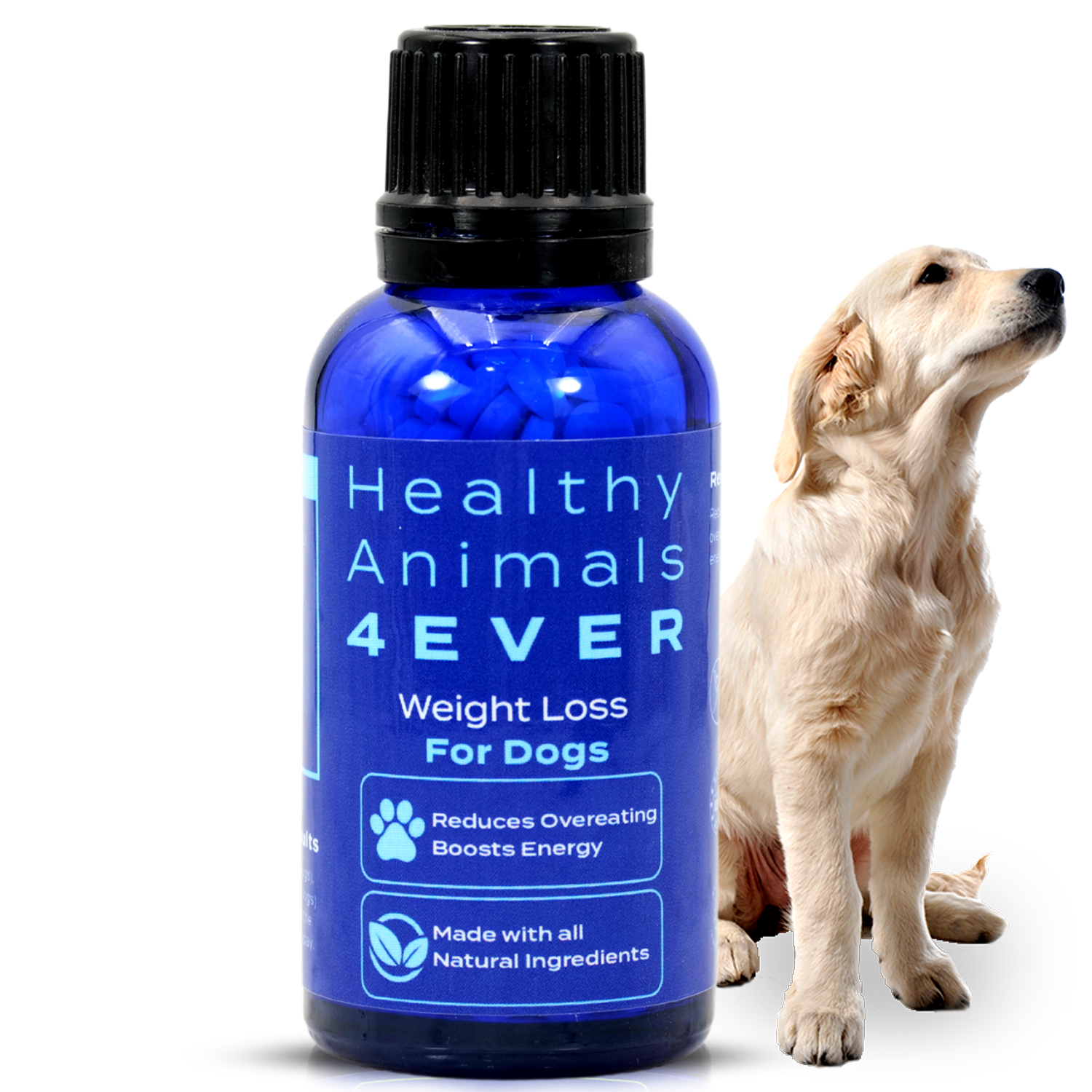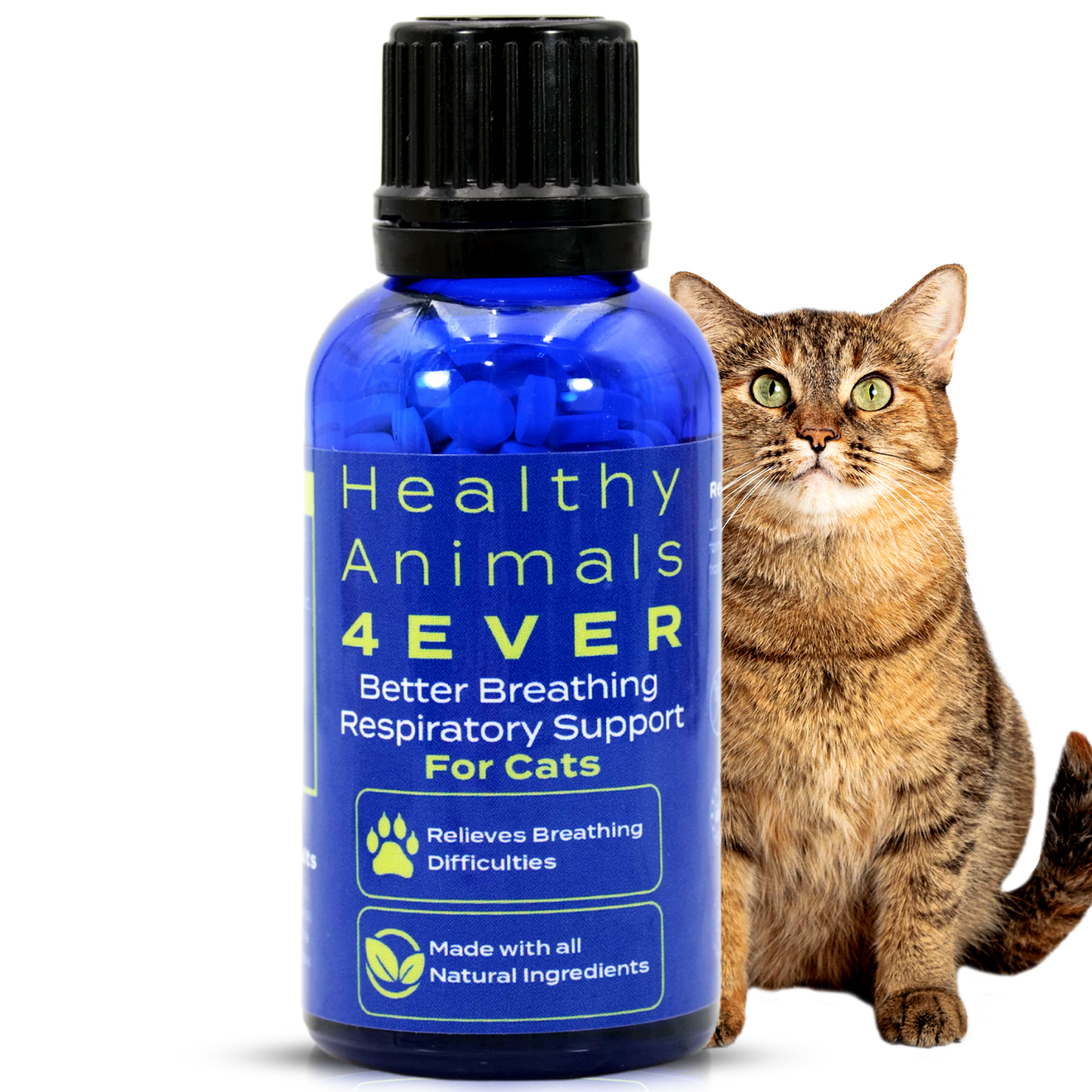CHECK OUT HOW TO MANAGE OBESITY IN YOUR PET
Obesity has turned into a pandemic among people as well as pets. Weight gain can be credited to over-eating, absence of activity, hereditary qualities, and illnesses.
Obesity in pets is more than an issue; it is becoming a way of life. Obese pets can have issues like cardiovascular infection, diabetes, joint pain, and skin conditions. However, you can prevent pet obesity and manage it!
We will share a few ideas to battle the impacts of obesity on pets.
Weight Loss Formula for Dogs helps reduce your pet's desire to overeat.
What is pet obesity?
Pet obesity occurs when the pet has an excessive amount of body fat. This results from the pet getting more energy from his food than he needs for his activities. A pet is obese when its body weight exceeds its ideal body weight by at least 20%.
It is difficult for an overweight pet to return to average body weight. Obesity may be considered a vicious cycle: when your pet gains weight, he will be less willing and able to exercise, enhancing obesity.

What causes obesity in pets?
As already pointed out, obesity happens when your pet gets more energy from food than he needs. This means your pet is overeating and exercising too little. However, obesity can be promoted by some other factors:
- Certain diseases, like arthritis, lower your pet’s mobility and activity. Therefore, they can lead to weight gain.
- Some medications can promote weight gain. Check possible side effects of medications taken by your pet.
- Apartment pets have a higher risk of developing obesity.
- Some breeds have an increased risk of obesity. In particular, large and giant dog breeds and mixed-breed cats.
- Letting your pet eat uncontrollably can cause excessive weight gain. This applies especially to cats.

- Desexing may decrease the energy in your pet, causing weight gain.
- Other conditions can reduce the amount of food your pet should eat. Discuss them with your veterinarian.
- Weight problems experienced by pets while growing up lead to them being at a higher risk of having an unhealthy body weight when adults. Be extra careful about weight issues if you have a growing puppy or kitten. You can check here for tips on caring for your new puppy.
As seen, certain breeds are more vulnerable to weight gain than others.
For instance, a beagle is, above all else, a hunting dog. Most owners keep their beagles outside. They train the beagles daily and typically take them to open fields toward the end of the week so they can run and explore.
While they might go for day-by-day strolls, the beagle becomes used to the stationary way of life. While beagles can go from 13 to 16 inches, the more they gain weight, the more they become slow and lazy and lose their energetic style.
How can you recognize if your pet is overweight?
There is an increasing number of obese pets. However, many pet owners do not recognize that their pets are overweight. Finding out if your dog or cat suffers from obesity can be challenging. Despite pet obesity being common, it is not normal or healthy.
Your pet is considered overweight when he has excessive body weight, which surpasses his ideal body weight by 15% to 20%. When this percentage is 20% or higher, your pet is considered obese.
To decide on the fitting load for your pet, visit your vet. He can discover the best weight for your pet depending on breed, bone construction, and kind of body.
In some cases, pet obesity is evident. This occurs when the pet has a big belly, difficulty breathing, and shows little energy.

In other cases, pet obesity is not so obvious.
To determine if your dog or cat is obese, here are some signs of pet obesity:
- You can feel their ribs and backbone easily but not see them.
- They have a noticeable tubby waist when seen from the side or above.
- You do not see a distinction between the abdominal and chest area. This applies to dogs.
Consult a veterinarian if your pet's ribs are hardly felt, and his waist is thick.
What are the risks of pet obesity?
Obesity may lower your pet’s quality of life and life expectancy. An obese pet is at risk of developing various severe health problems, such as:
- Some types of cancers.
- Diabetes.
- Arthritis.
- Kidney Disease.
- Urinary tract infections.
- Heart Illness.
- Depression. Take a look at the major signs of a depressed pet.

- Skin and coat problems.
- Elevated blood pressure.
- Respiratory Disorders.
Better Breathing Respiratory Support Formula for Cats helps your cat breathe better by supporting your pet’s lungs and reducing the need to cough.
Thus, obesity puts your pet’s physical and mental health at risk. His lifespan can be decreased by at least two years.
To improve your pet's well-being and quality of life, discover our 13 tips to keep your pet’s body in shape.
Powerful tips for managing and preventing pet obesity
You may be wondering how you can start to manage your pet's obesity… so here are some practical and helpful tips:
Visit your veterinarian. This is the first step to ensure you accurately diagnose your pet's condition. This will help you in various ways:
- Your vet will check if no other health issues are causing your dog or cat's weight gain.
- Your vet will indicate the most appropriate diet and exercise program for your pet's needs. This will depend on your pet's age, breed, weight, and exercise level. An eating regimen comprising low fat and high fiber is usually the initial step.
- Your vet may indicate which are the best food brands for your pet.
- Your vet can discuss the necessity of supplements and vitamins in your pet’s diet.
Be sure to follow your veterinarian's recommendations, particularly regarding accurate portion sizes.
Start a weight-loss program. Your veterinarian must oversee a weight-loss program. Remember, it should be progressive, as abrupt weight loss can lead to severe health problems and malnutrition.
Regular weight check-ups with your vet are a great way to confirm that your pet is losing weight in a healthy, slow, and stable way. It also allows adjustments based on your animal's body weight evolution.
Increase your pet’s physical activity. Make sure to introduce more exercise in your pet’s daily routine. Weigh management can be fun; here are some alternatives:
- You can increase the amount of active playtime. Add some additional play sessions when possible.
- You can opt for longer and more frequent walks if you have a dog. We recommend having at least a 30-minute daily walk. Walks will enhance your dog’s cardiovascular and muscular health. They will also improve your bond.

- You do not have to stick only to walks! Your dog can do other fun activities to keep his body moving, such as swimming, chasing a ball, or running.
- We recommend putting more places for indoor cats to climb and play around your apartment. You can also opt for chasing toys or even walking on a leash.
- If possible, give your cat access to the outdoors. Make sure the environment is safe for him.
- You can include games and food puzzles created for dogs and cats. These will promote their physical and mental activity and prevent overeating.
- You can take your pet to recreation areas.
- You can orchestrate a play date with different pets.
Like people, pets can also become sedentary. The more weight they gain, the harder it is for them to conform to a better way of life. Incorporating some of these alternatives into your pet's routine, you will watch him thrive. Increasing your animal's physical activity will promote a healthy weight and provide mental stimulation.

Do not allow your pet to overeat. Giving your pet free access to food may be unhealthy. Your pet might overeat since he can eat whenever he wants. If your pet is overweight, limit his access to food and feed him adequate amounts.
On the other hand, if you want to give your pet free access to food, you may find it practical to use smaller portions. This means you divide the daily amount of food into smaller portions and leave them out for your pet throughout the day. This will allow your pet to eat whenever he wants while avoiding overeating.
Remember that our loved companions don't buy their food, so as a pet parent, animal health and welfare are our responsibility - don't give in to cute eyes and begging behaviors!

Do not overdo it with the treats. Giving your pet fewer treats is one more method for diminishing weight. Therefore, limit the number of treats you give your pet. These should be less than 10% of your pet’s diet.
Choose healthier treats, including raw vegetables, like pumpkin and carrots, or a portion of your pet’s dry food.
If you use treats during training, reduce your pet’s meal correspondingly. If you are training your pet, check out some easy dog obedience training methods and tips for training your cat.

Be aware of food-seeking behaviors. Some pets show food-seeking behaviors that many owners find hard to deny. If that is your case, here are some things to try out:
- Give your pet foods rich in protein and fiber. This will promote satiety, which will reduce food-seeking behaviors.
- Lower the energy density of the food. To do this, you will need to increase the food's volume. You can do this by adding water to the food, using wet food, or expanding a kibble food with air.
Avoid feeding your pet table scraps. This increases your pet's risk of obesity, allergies, and further issues.
Control your cat’s hunting. If your cat hunts, it is easier for him to overeat. To prevent this, make an effort to control his hunting behavior. You can, for example, ensure he is inside during the night.

Keep your pet away during your lunch or dinner time. Specialists encourage you not to allow your pet in the eating region at supper time, as he will ask for a portion of the pieces.
Try to leave all food in the kitchen and dining area. We often have a snack or two while staring at the TV. Attempt to skip offering this kind of impulse to your pet.
Be consistent. Try to feed your pet at a similar time consistently. Routines are essential during this weight management process.

Keep your dog or cat hydrated. Leave out a dish of water for your pet. Water is essential and can mitigate your pet’s aches of appetite.
Create a healthy routine for your pet. Based on these tips, create a healthy routine for your pet to follow and thrive. Pets that are particularly spoiled and not given a day-by-day schedule can become fat. One day they run around, and the next, they can hardly walk.

We do not promise this journey will be easy. It will undoubtedly have its ups and downs. But what is essential is consistency. So make sure your pet’s diet and exercise are consistent, and see a veterinarian regularly for check-ups.
The Bottom Line
Nowadays, pet obesity is an ever-increasing problem. To manage your pet's obesity, you must ensure he eats healthy and exercises regularly.
Pets depend on us for everything. Too much food, and the momentary satisfaction it provides, would be the worst disservice to them.
Our tips will help prevent and manage your pet’s obesity. Therefore, they will help to avoid obesity-related diseases, like diabetes, and enhance life expectancy. A proper weight will also make any veterinary interventions much easier and safer. Make sure you have the support of a competent professional dedicated to implementing a proper weight management program.
Also, remember that weight issues will affect your pet's future health and well-being. Thus, prevent these issues early on with your puppy or kitten. To improve your pet’s health even more, check the benefits of holistic healthcare for pets.
Even though obesity is a very stigmatized disease that can lead to an awkward conversation, effective and informed discussions about it are part of the solution. There is a growing need to clearly state obesity as an actual disease affecting an increasing number of animals worldwide. This could lead to a more helpful and successful obesity treatment from veterinarians.


